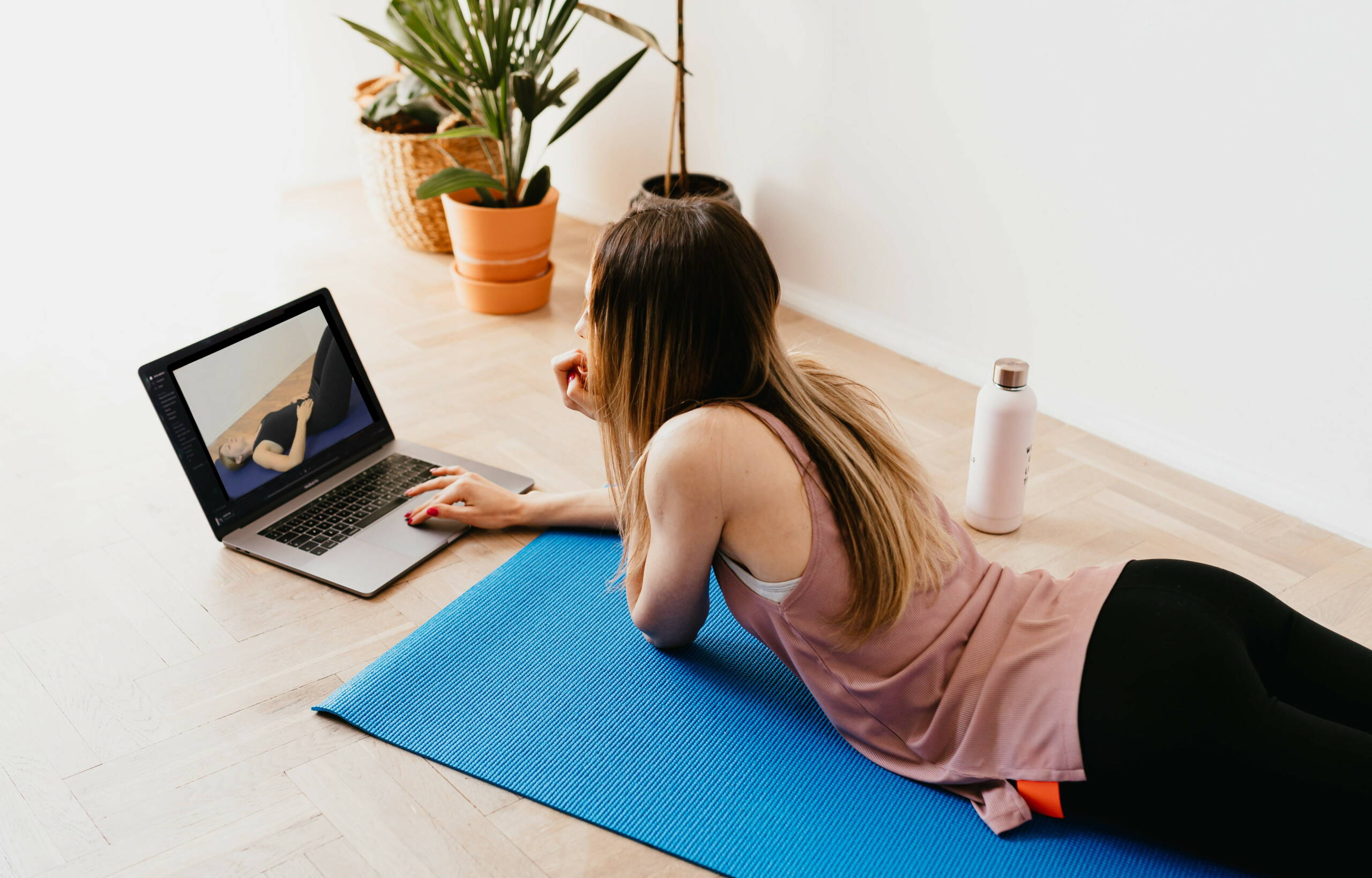El ritmo del proceso de aprendizaje
Si el curso avanza demasiado lento o rápido para usted:
Some students feel frustrated that their course is moving too slowly, while others feel overwhelmed because it’s moving too quickly! The pace of the courses is designed to give you a learning experience similar to working with a private instructor. The exercises are taught in a specific order and at a certain pace (2-3 new exercises per week) in order to give you maximum benefit from the learning experience.
There is no benefit to moving more quickly through the learning process. When people rush through or skip ahead, they do not experience optimal results. My experience with many students has shown that learning one exercise at a time, and taking the time to notice the effects that each exercise has on your body, is much more beneficial in the long run. Retraining the nervous system just can’t be rushed. After 15 years of practicing Clinical Somatics exercises, I continue to get new benefits and learn new things about my body from doing the same movements. The more slowly you move, and the more conscious attention you pay to your internal sensations, the more benefit you will get from each movement.
On the flip side, if you feel that you can’t keep up with the pace of your course, don’t worry about it! Just take it slow and learn the exercises at a pace that works for you and your body. There is no benefit to forcing yourself to move more quickly through the learning process than feels natural for you. I do suggest keeping the Daily Emails (you can file them away in a separate email folder) because they contain helpful tidbits and links to helpful articles that I suggest reading along the way.
Si te sientes frustrado porque quieres entender todo y arreglarlo todo de inmediato:
Una vez que comprendes intelectualmente cómo Somática Clínica funciona, puede ser frustrante darse cuenta de que se necesita tiempo, paciencia y práctica diaria para crear cambios duraderos en su sistema nervioso. Usted sabe qué cambios se deben hacer, sabe qué músculos se deben relajar y cómo debe cambiar su postura, ¡pero no puede lograrlo!
Ha llevado toda su vida hasta este punto crear y aprender sus patrones musculares únicos, y no es posible volver a entrenarlos en unos pocos días o semanas. Este proceso de readiestramiento de su sistema nervioso requiere tiempo y paciencia, y vale la pena. Lo más importante es que vas en la dirección correcta. Sigue practicando los ejercicios con la mente abierta, explorando tu cuerpo y aprendiendo cosas nuevas sobre él cada día, y mejorarás continuamente tus patrones musculares.
I get emails from students during the first week or two of their course asking which exercises to do to release certain muscles or address their particular issues. You can refer to the first paragraph on each exercise page to learn which muscles each exercise works with and what conditions it is typically helpful for. I also suggest reading Desarrollando tu propia práctica diaria and Unlocking Your Body: Your Personal Process of Releasing Tension and Pain.
La mejor manera absoluta de descubrir qué ejercicios son más útiles para usted es realmente tomarse el tiempo para explorar cómo cada ejercicio afecta su cuerpo. Dos personas con dolor de espalda pueden tener patrones muy diferentes de tensión muscular y pueden encontrar que diferentes ejercicios son útiles para ellos. Cuando aprenda cada nuevo ejercicio, debe hacer la Conciencia permanente antes y después. Esto te permite notar los efectos que cada ejercicio tiene en tu tensión muscular y postura. Una vez que sepa cómo le afecta cada ejercicio, se convierte en una herramienta en su caja de herramientas que puede utilizar para abordar sus patrones únicos de tensión.
Este proceso se trata de que te conviertas en el experto en tu propio cuerpo, ¡pero no sucederá de inmediato! Se necesita tiempo, paciencia y práctica diaria dedicada para pelar las capas de la cebolla, ¡y es un proceso maravilloso e instructivo que puede continuar por el resto de su vida!

